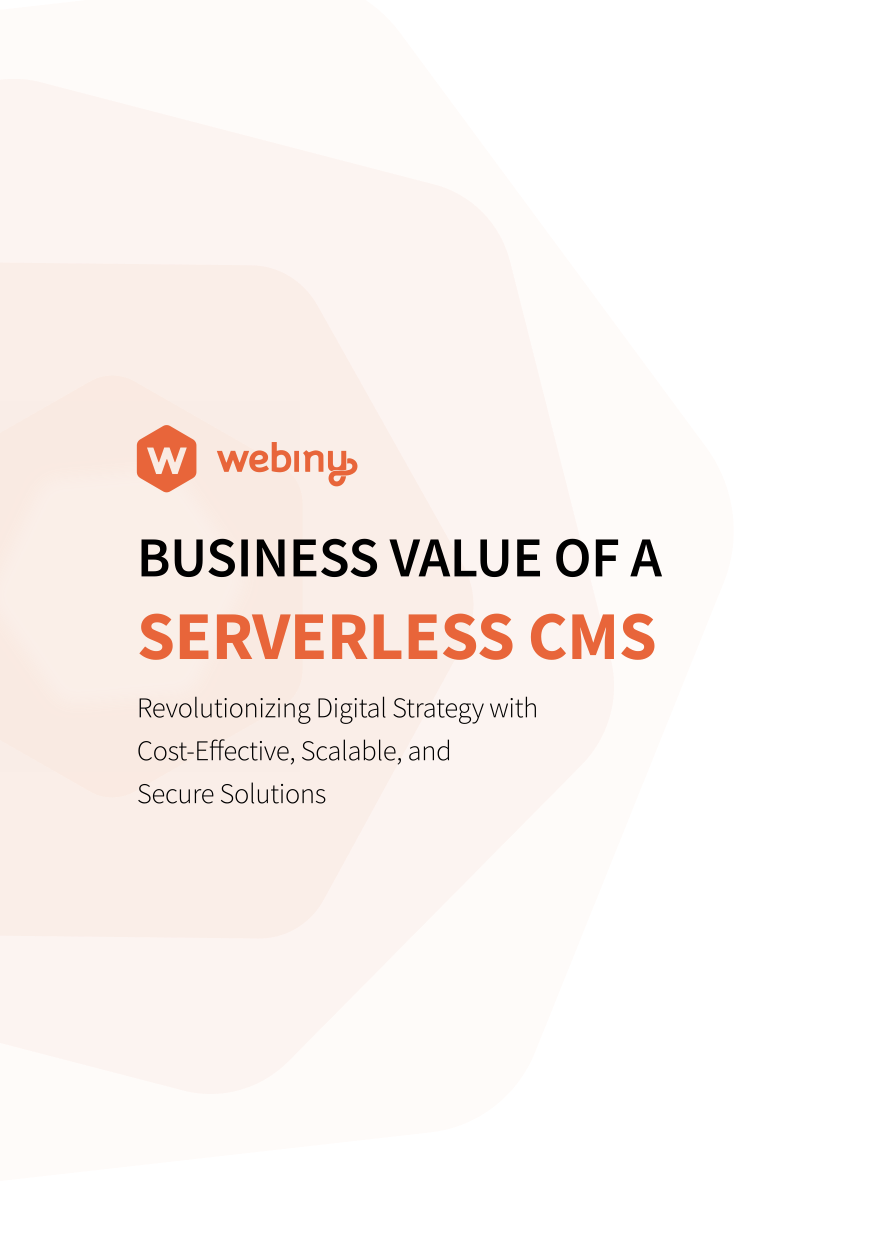Building a Frontend With Next.js
Learn how to build a frontend for Webiny Headless CMS with Next.JS starter.
Install and Deploy Webiny
Skip this step if you already have Webiny installed and deployed. Be sure to check out the prerequisites for installing Webiny on your local machine.
Then, create a new Webiny project by running the following command. If you get stuck or for more details, please see our documentation.
Create a new Next.js site
Click on the button to deploy the project to Vercel. Or follow the link to full instructions if you want to start locally.



.png)

.png)

.png)